Sea Fighters: 10 fighter planes that used the ocean as a runway
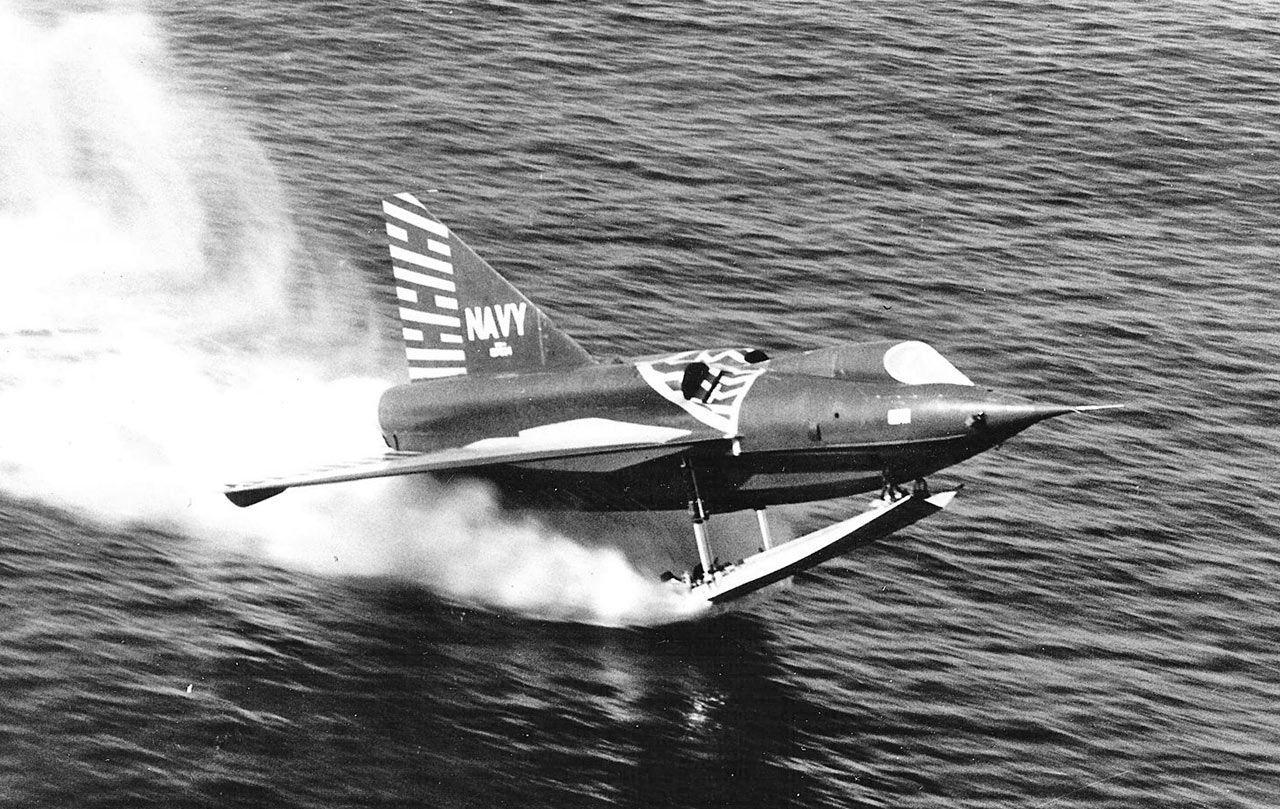
Imagine the danger and excitement of landing on the surface of the sea in a high performance fighter. There were aircraft that did just this, Canadian historian and professional recycler Stephen Caulfield takes a look at ten fascinating fighter aircraft that used the sea as their runway.
“History has sunk many of the most interesting aeroplanes, notably the water-capable fighter (at least for now, ideas seldom disappear forever in aviation). Having a fighter where you need it in the ocean, without need for aircraft carrier or land runway, offered huge tactical and even strategic advantages. But it was hard to get right. A fighter needs to be as fast and agile as possible – characteristics at odds with carrying the extra baggage of two huge floats or whatever apparatus you decide to use to achieve this daunting enterprise. But the needs of war were often so desperate that designers tried again and again — twice they even ventured into the bizarre, and extremely appealing, realm of jet seaplanes. Via Hush Kit’s refurbished Cray III Supercomputer (a battered MacBook covered in red wine stains) we can identify no less than sixty attempts to create a water-capable fighter between 1914 and 1953. Most were produced in tiny numbers, some only as prototypes. To wit, the UK’s Sopwith Pintail (a name likely to provoke maternal affection, rather than fear, in potential foes), of which a whopping three were built. The United States, Japan and the European powers undertook programmes in this oeuvre. Most are now so deep in obscurity they exist only in the encyclopaedic brains of Hush-Kit readers, here are 10.
10. Heinkel He 51B-2 (1933) ‘Probably not the best fighter in the world’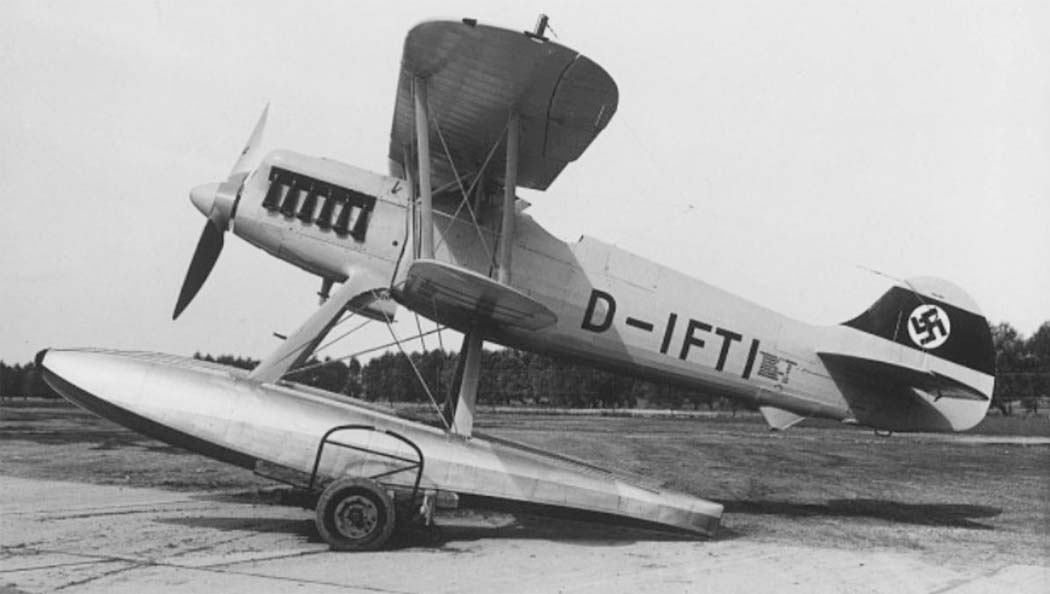 Germany developed modern warplanes for the Luftwaffe in secret in the 1930s, dishonestly presenting them to the world as civilian and training aircraft, while building a massive air force to assist in turning the early 1940s into a global hell-scape. The He 51 had its roots in this duplicity and was an attempt to build a modern fighter comparable to the British Fury. It wasn’t great — and the He 51 was mauled by superior Soviet-designed fighters in the Spanish Civil War. Despite upgrades it was still on the wrong side of mediocre – what do with such a turkey? To a small number they added lifting points, floats, pontoons, struts and extra stabilisers to create a fighter to help a navy that didn’t have aircraft carriers*.
Germany developed modern warplanes for the Luftwaffe in secret in the 1930s, dishonestly presenting them to the world as civilian and training aircraft, while building a massive air force to assist in turning the early 1940s into a global hell-scape. The He 51 had its roots in this duplicity and was an attempt to build a modern fighter comparable to the British Fury. It wasn’t great — and the He 51 was mauled by superior Soviet-designed fighters in the Spanish Civil War. Despite upgrades it was still on the wrong side of mediocre – what do with such a turkey? To a small number they added lifting points, floats, pontoons, struts and extra stabilisers to create a fighter to help a navy that didn’t have aircraft carriers*.
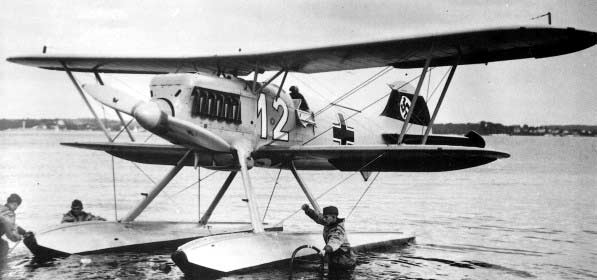
The initial floatplane version, the He 51A-1 was the forerunner of the He 51B-2.

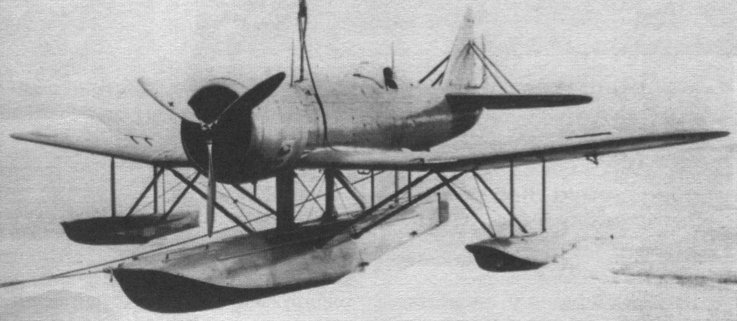
8. Kawanishi N1K1 (1942) ‘Kyōfūsaurus Rex’
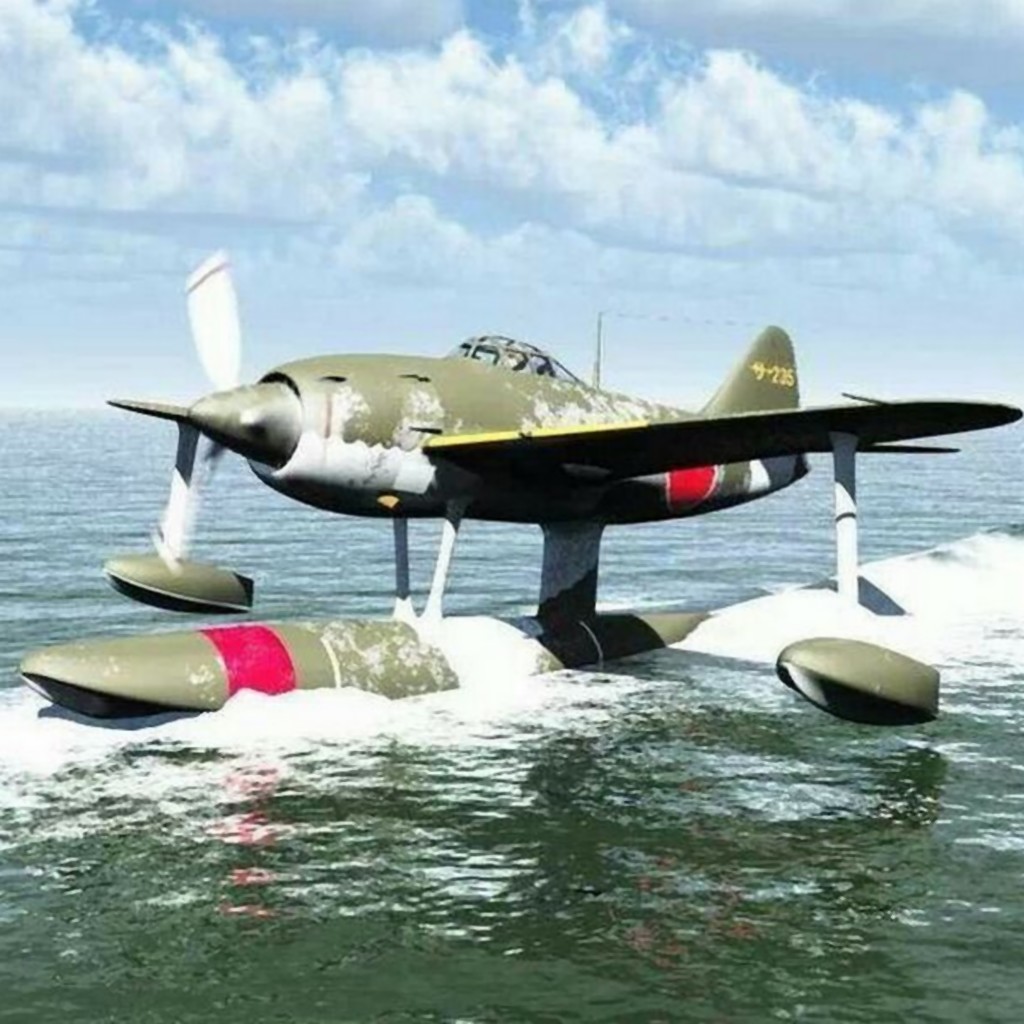 Intended as a potent successor to our list’s number one aircraft, this fighter would prove a frustration to the Japanese military. The design was in many ways excellent, and was powerful and well-armed, though it did have some tricky handling characteristics (thanks to the compromise of carrying a huge floating pontoon). As a seaplane it was intended to be forward-deployed to support offensive operations, the only problem being that by the time it was mature (in 1943) Japan was firmly on the defensive.
Intended as a potent successor to our list’s number one aircraft, this fighter would prove a frustration to the Japanese military. The design was in many ways excellent, and was powerful and well-armed, though it did have some tricky handling characteristics (thanks to the compromise of carrying a huge floating pontoon). As a seaplane it was intended to be forward-deployed to support offensive operations, the only problem being that by the time it was mature (in 1943) Japan was firmly on the defensive.
The fundamentals here were so promising a redesign was granted from mid-wing floatplane to low-wing landplane. This is an extremely rare reversal of the usual story of float fighters, which are almost invariably converted land-based aircraft. The ‘new’ aircraft became the extremely potent N1K2-J Shiden (‘violet lightning’). This fighter had an excellent rate of climb and high manoeuvrability, proving a match for late-war American fighters, and able punch back at the high-flying Boeing B-29 Superfortress attacks.
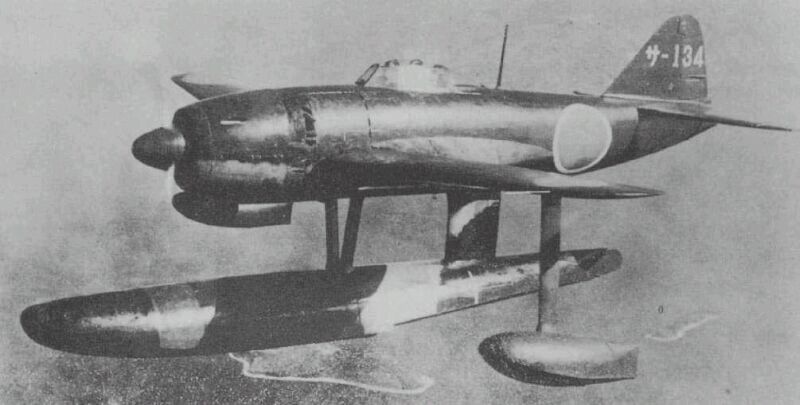 7. Fairey Flycatcher (1922) ‘Human Fly’
7. Fairey Flycatcher (1922) ‘Human Fly’
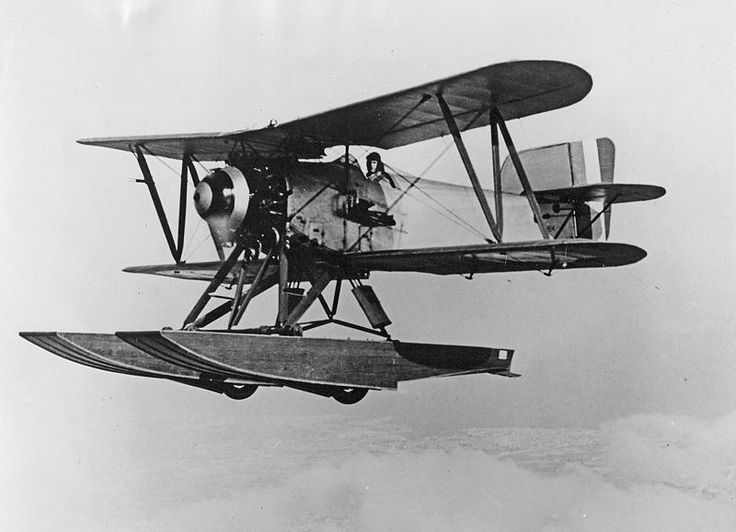
The Flycatcher, from a time when naval fighters had names better suited to ales.


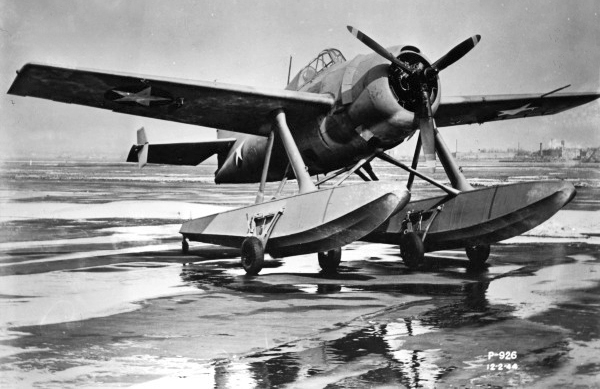 Inspired by the floatplane conversion of the ‘Zero’, the infamous ‘Rufe’, the US attempted a similar conversion to the impressive Wildcat. Desiring a fighter that could be forward based on Pacific islands, it seemed a sensible solution, but two factors killed it. Its major weakness was its top speed, the weight and drag of the massive floats pulled the top speed down to a pedestrian 241 mph (388 km/h); considering that the standard Wildcat was already slower than the ‘Zero’, this severely limited the combat potential of the type. Secondly, the United States Naval Construction Battalions (better known as the Seabees) proved adept at the rapid creation of temporary airfields, rendering the concept unnecessary.
Inspired by the floatplane conversion of the ‘Zero’, the infamous ‘Rufe’, the US attempted a similar conversion to the impressive Wildcat. Desiring a fighter that could be forward based on Pacific islands, it seemed a sensible solution, but two factors killed it. Its major weakness was its top speed, the weight and drag of the massive floats pulled the top speed down to a pedestrian 241 mph (388 km/h); considering that the standard Wildcat was already slower than the ‘Zero’, this severely limited the combat potential of the type. Secondly, the United States Naval Construction Battalions (better known as the Seabees) proved adept at the rapid creation of temporary airfields, rendering the concept unnecessary.

5. Saunders-Roe SR.A/1 (1947) ‘The Squirt’
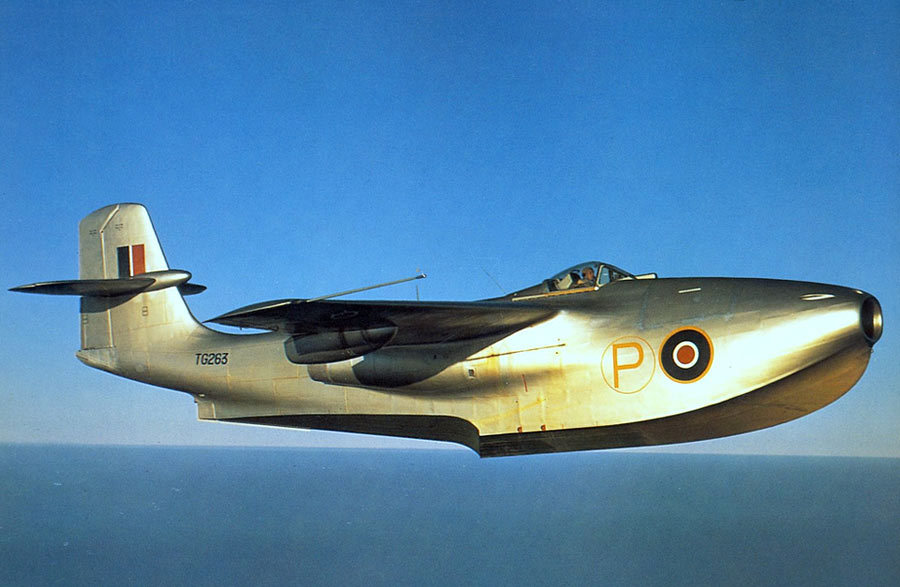
The Japanese floatplane fighters showed that the concept could work, at least to some degree, in the calmer parts of the Pacific. British manufacturer Saunders-Roe thought they could do one better, negating the seaplane’s inherent performance disadvantage with the latest technology: the jet engine. Creating an aircraft capable of 512 mph with four 20-mm cannon would have proved an awesome, perhaps unbeatable, opponent to Japanese seaplanes and flying boats. Timing was against the aircraft however, with the War winding down the company looked away from this military project, instead devoting their resources to the huge Princess long-range civilian flying boat. This delayed the type’s first flight until 1947. The aircraft proved impressive – it had great handling, good agility and was pleasant to fly (notably, the prototypes were fitted with the first two examples of Martin Baker production ejection seats). However, there wasn’t a great deal of need for it by this time, and two months later a carrier fighter that was faster still (the 600mph Sea Hawk) took to the air. The Royal Navy wasn’t very interested in this eccentric design, having faith in the conventional carrier concept. It was briefing brought back to life in 1950 to assess its utility for the Korean War, but things had moved on and it would have been no match for the latest fighters. The ‘Squirt’ , as it was affectionately known by its creators, was not to be.
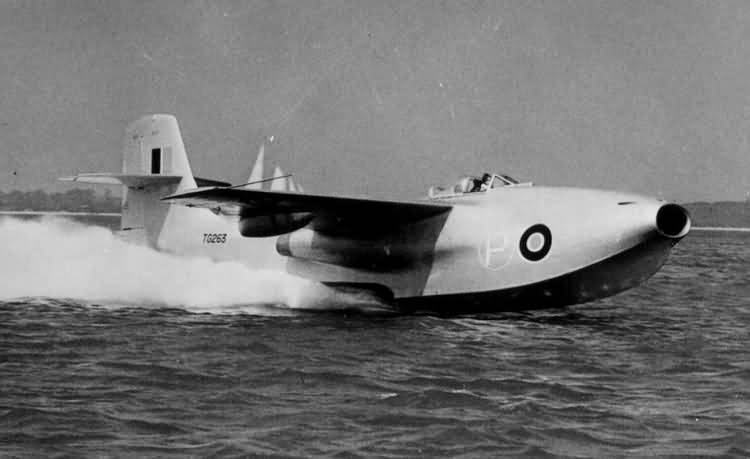 4. Hansa-Brandenburg W.12
4. Hansa-Brandenburg W.12
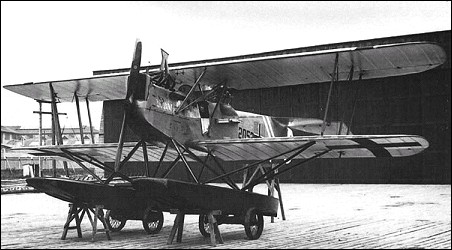
Imperial Germany’s Hansa-Brandenburg produced perhaps the most serious floatplane fighters in the era of wood and doped fabric, an entire family of them including both biplane and monoplane models. A Royal Navy dirigible was destroyed by a W.12 and submarine HMS C28 was strafed badly and driven back to port under tow by a flight of Hansa-Brandenburgs in the summer of 1918. 3. Convair F2Y Sea Dart (1953) ‘The Eyeball Wobbler’
Saltproof and supersonic (well, at least in a dive), it would take one fast-mover of a barnacle to glue itself to this slick mid-century waste of money. What a pointy, lovely thing was the Sea Dart. It was created to solve the problems of launching supersonic fighters, with their massive requisite runway requirements, from aircraft carriers. Convair, who were almost always insane (and quite frequently successful) in their wild ambition, really pushed the limits of contemporary technologies (and pilot discomfort) with the Sea Dart. The fact it even half worked is a remarkable achievement. It was however underpowered and sluggish, failing to reach supersonic flight in level flight, even more importantly its legged ‘hydro-ski’ take-offs almost shook the poor pilot to death. Still, an amazing machine.
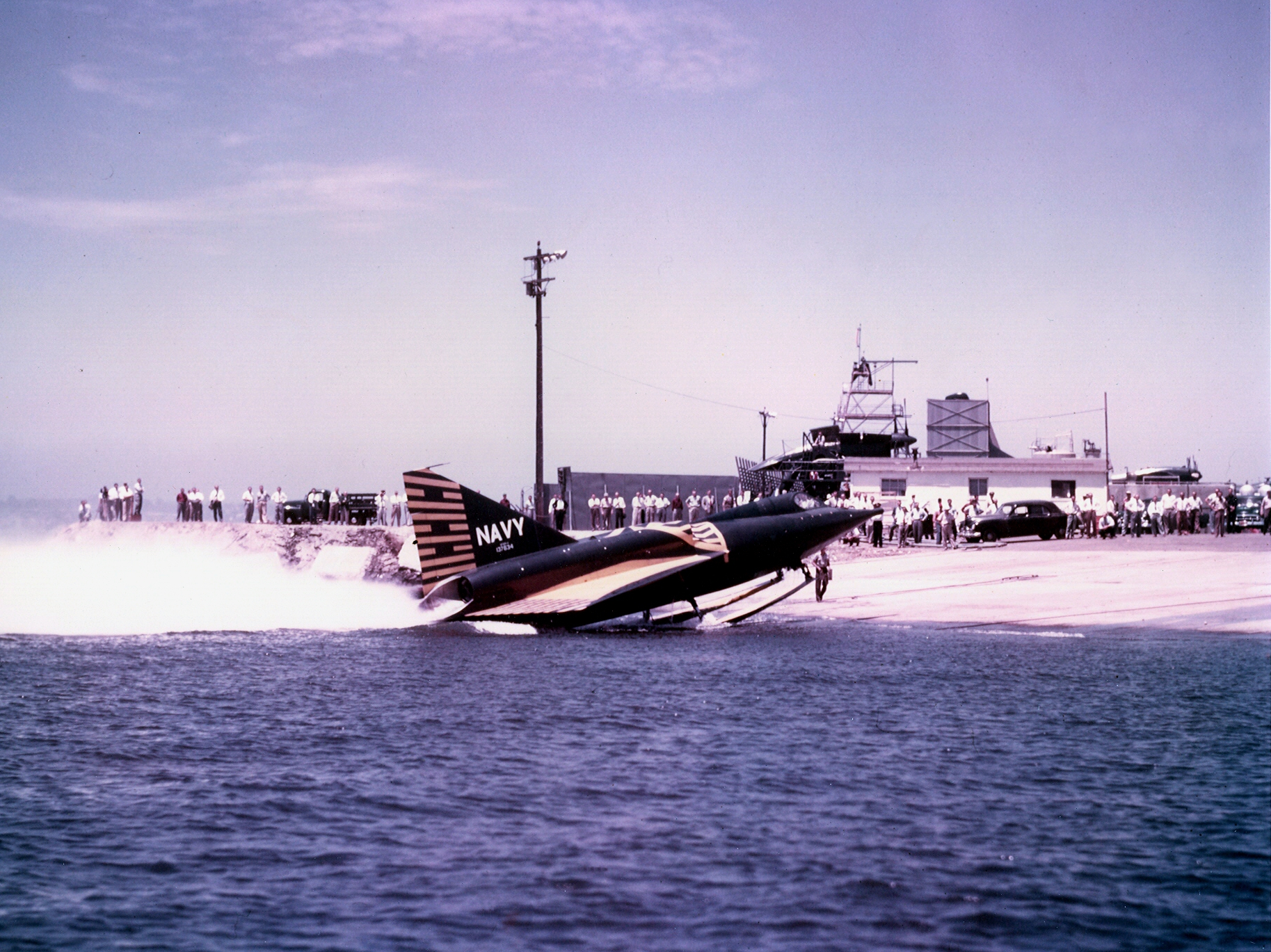
Supermarine Spitfire (various years) – ‘A Spit in the ocean’
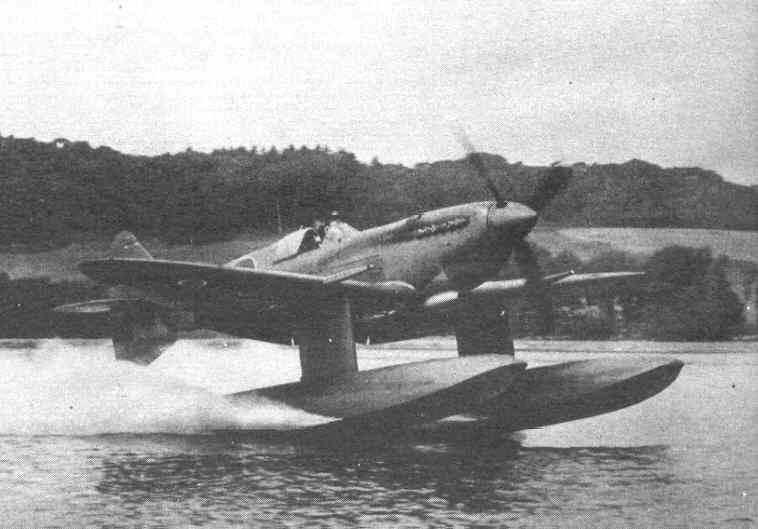
The Spitfire‘s roots lay in a racing seaplane so there was it seemed somehow right to send Britain’s best fighter to water. So much so, that the idea was revisited at least three times throughout the War, each time resulting in nothing. A Mark I and a couple of Mark Vs were floated early in the war, partly with Norway in mind. They had the indignity of being fitted with floats from the woeful Roc, and a ventral fin that looked rather nice. The rather dainty Spitfire could not cope well with the additional weight and drag, and the results were disappointing. Later, an example of one of the most common and successful variants of Spitfire, the Mark IX, was also put onto floats with the Pacific theatre in mind (yes, again the Pacific). But again, the idea didn’t take. Too bad really, that Mark IX was found to be faster than a ‘regular’ Hawker Hurricane. It should have been useful somewhere, in theory. Of all the fighters on this list, the elegant Spitfire is the one that best retained its good looks with the addition of ‘salty clown shoes’.
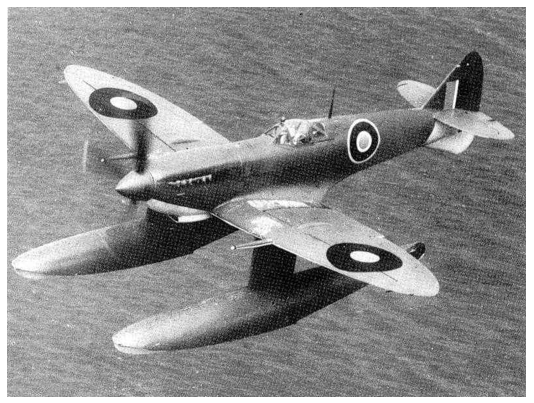 1. Mitsubishi A6M2-N Rufe (1941) ‘The Story of Rufe’
1. Mitsubishi A6M2-N Rufe (1941) ‘The Story of Rufe’

In 1941 and 1942 it seemed as if there was nothing a Zero couldn’t do well. Even knocking down the A6M’s top speed a bit might have seemed okay at first, considering what a hotrod the Zero was and terrible some of its early opponents were. But, reality for the Rufe got dicey right away. Like the Spitfire, every effort in the Zero’s original configuration had been to keep it light to attain ferocious performance. A huge draggy under-fuselage sausage had a hugely detrimental effect on its stellar performance, notably its top speed. Consider that the a mediocre landplane like the Brewster F2A-3 Buffalo had a fifty miles-per-hour advantage over a Rufe. And later Allied types? The Chance Vought Corsair, you ask? Two hundred miles-per-hour more! This put the type in . a perilous position. Despite this, over three hundred Rufes were built, making them something of a success compared to the other rare ducks on this list. Rufes got around the Pacific, wrangling with Lockheed P-38 Lightnings and Boeing B-17 Flying Fortresses early in the war. Some saw the Indian Ocean through assignment to attacking commercial shipping Others were detached to operations in the Aleutian Islands, facing US and Canadian Curtiss P-40s. Rufes were aggressive against United States Navy PT-Boats, too, preferring to stalk them at night. While idling in the dark to avoid Rufes, President-to-be John F Kennedy’s PT-Boat was chopped in half by an Imperial Japanese Navy destroyer. Guadalcanal and Truk also saw Rufes in action, if on borrowed time.
On a couple of occasions, Rufes were destroyed from the air while when sitting out at anchor in groups. The Rufe’s modest role in support of extended amphibious operations, in patrol and surface attack roles, never mind as a dogfighter, was rudely obliterated by the overwhelming nature of America’s industrialised approach to warfare. Stripped of a place in the front rank of Japanese expansion, surviving Rufes were redeployed to the rather safer location of a lake in home territory. The Rufe, with its distinctive oversize single float, came close to validating the concept of the water capable fighter. It was built in number (327) and participated in major operations. As Imperial Japan’s war effort collapsed, so the did the service life of the impressive Rufe.”
This site is entirely funded by donations from people like you. We have no pay wall, adverts (any adverts you see on this page are not from us) or subscription and want to keep it that way– please donate here to keep this site going.
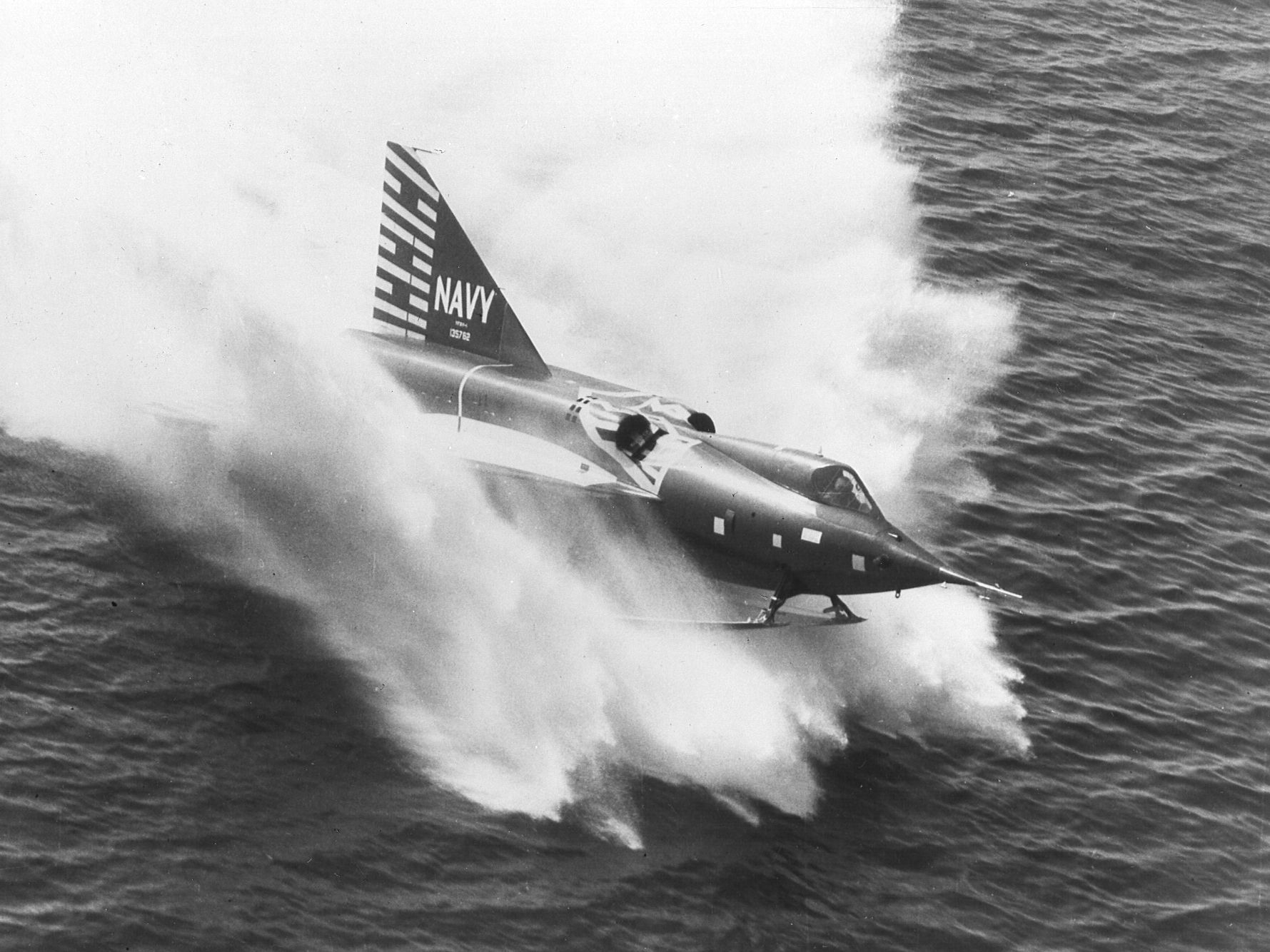

Great article! I’ve always been fascinated by the Japanese float plane fighters but never realised the George began life as one. Also, the SR A-1 is an especially funky little jet. I was lucky enough to see it at the Solent Sky museum in Southampton during a recent visit to the UK. It’s a small museum but they’ve got some interesting stuff there.